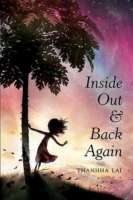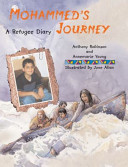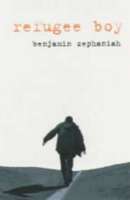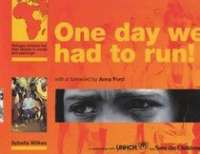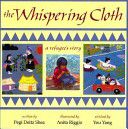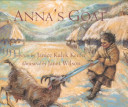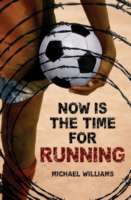
Just down the road from their families, Deo and his friends play soccer in the dusty fields of Zimbabwe, cheered on by Deo’s older brother, Innocent. It is a day like any other . . . until the soldiers arrive and Deo and Innocent are forced to run for their lives, fleeing the wreckage of their village for the distant promise of safe haven. Along the way, they face the prejudice and poverty that await refugees everywhere, and must rely on the kindness of people they meet to make it through. But when tragedy strikes, Deo’s love of soccer is all he has left. Can he use that gift to find hope once more? Relevant, timely, and accesibly written, Now Is the Time For Running is a staggering story of survival that follows Deo and his mentally handicapped older brother on a transformative journey that will stick with readers long after the last page.
See the review at WOW Review, Volume IV, Issue 4

